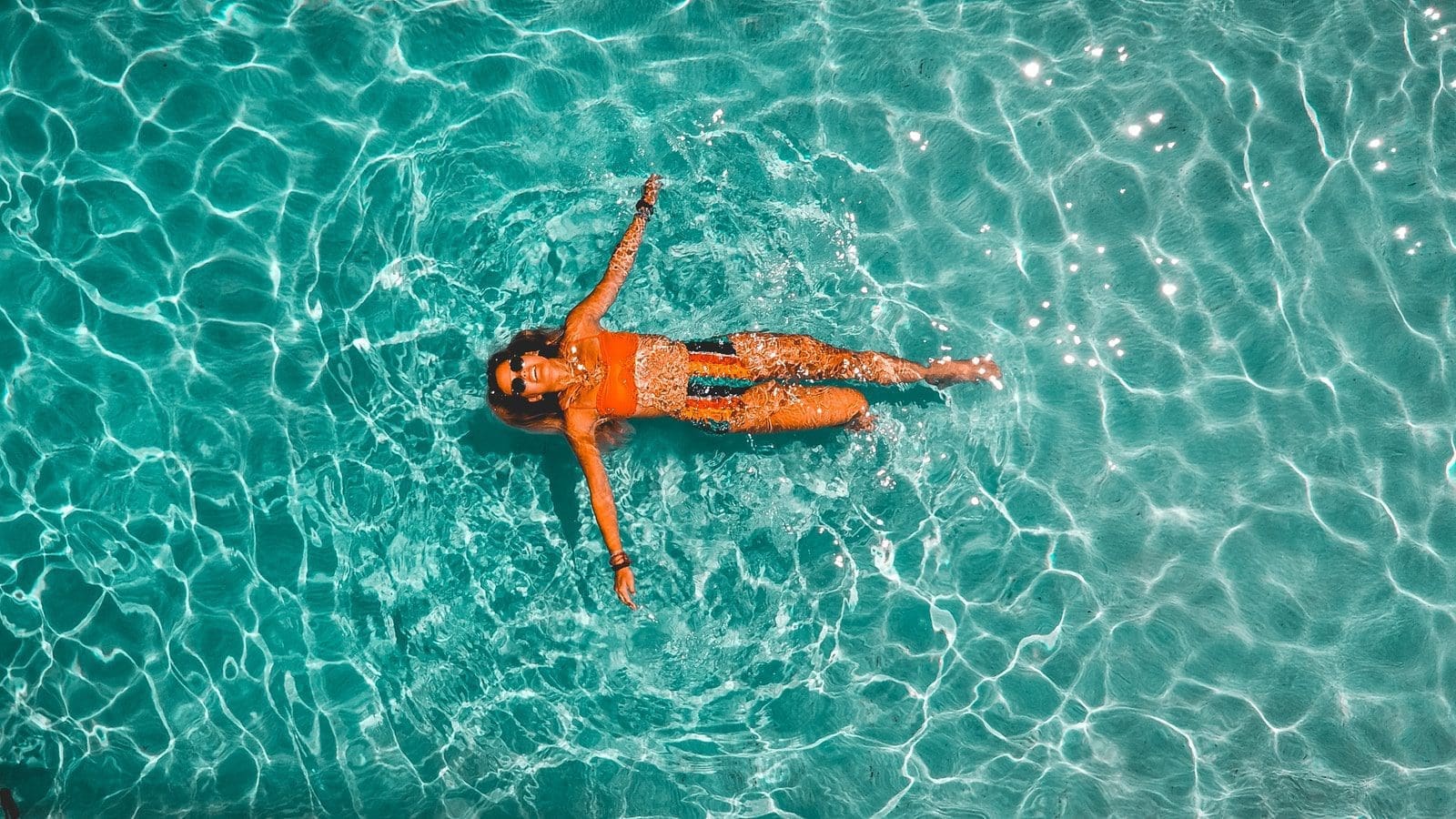

It would be great for many pool owners to fill the entire thing with water and never have to worry about the build-up of bacteria or algae growth. Some will find it more convenient if the water does not become too gross because it’s starting to be a breeding ground for many organisms around the area and other nasty contaminants.
However, pools don’t clean themselves automatically, and many need to add chemicals as time goes by. This is tedious work, but it’s essential. Upfront work means that you don’t have to do a lot of remediation later on. It’s worth noting that when the entire pool is filled with algae, the best solution is to drain everything and start over.
Keeping the entire pool sanitized and clean may not be a job that you want to spend your afternoon on, but everything is not very difficult. All it will take is the necessary knowledge of chemistry inside the pool, the right supplies like pool chemicals testing kits, and the desire to keep everything swimmable. With this said, many chemicals can help you with this task, and here are some of them.
Pool Chemicals are Key to Keeping Everything Clean
It’s possible to vacuum and skim the pool filled with clean and fresh water every day, but it will still become dirty. The twigs, leaves, and other debris can fall inside the pool, and some bugs may decide to take a swim inside it. Another thing is the birds that always bomb the water’s surfaces with their droppings.
Every time that someone is swimming, they will always leave behind dead skin, hair, body oil, soap, shampoo, and other things that many humans put on their bodies. These substances can slough off, and they can contaminate the pool in no time. To prevent all the water from turning into a black lagoon, you can use sanitizers, and you should make them in handy.
For the sanitizers to do their work correctly, the pH levels of the water should be balanced as well as the calcium hardness and alkalinity. Another thing is to add the pool chemicals that will treat the growth of mold and algae. You can learn more about preventing green algae on this page here. They prevent staining on the walls and ensure that you won’t have hard water.
Sanitizers
 You can use various types of sanitizers to kill bacteria, algae, and viruses. They are some nasty things that grow in an untreated pool, and you have a few to choose from. Some of them are the following:
You can use various types of sanitizers to kill bacteria, algae, and viruses. They are some nasty things that grow in an untreated pool, and you have a few to choose from. Some of them are the following:
Chlorine
Many people prefer chlorine, and it’s one of the most popular oxidizers because it’s affordable and effective. It sanitizes the contaminants by destroying the molecules from the inside and out. It’s effective with algae, bacteria, and viruses. This can also prevent the growth of the algae in the first place, mainly when you regularly apply this in the water. You can choose the forms between two forms of chlorine which are:
Tablets: These tablets are available in 1 to 3-inch sizes. They can be added to a floating dispenser and will go directly into the skimmer basket. There are also some features of pools where automatic chlorinators are present.
Granules: The granules are placed directly into the filters, and they are pumped directly inside the pool’s water. The granules will dissolve gradually, and they will be distributed. This can be time-consuming and very effective, and there are chances where the chlorine will not be distributed evenly.
There may be pockets of areas that won’t be so sanitized, and others will have a very high chlorine concentration, but this may damage the tiles and surrounding areas. Know that the ideal chlorine levels are 3 parts per million, and anything less than this amount is not considered clean. If you go way over the 3- ppm mark, you may want to dissolve some of it with a neutralizer.
Bromine
One of the most popular alternatives to chlorine is bromine. This works well by ionizing the contaminants, and they will break the chemical bonds of the molecules. It forces the bonds apart and destroys them in the process. Bromine is more active than chlorine, but it creates some waste products like bromamines. The solution to remove the bromamines is to shock the pool. Know more about the properties of bromines here: https://www.britannica.com/science/bromine.
Some bromine tablets may not be pure, so you may want to add some percentage of chlorine to do extra sanitation. The ideal bromine levels are 5 ppm, and you should never let this drop to a level that’s below 3 ppm.
Other minerals like copper are used as an algaecide, and silver is known to be a bactericide. When the metals contact the water, they release positive charges that destroy the contaminants’ negative charges. Also, you need to ensure that the pH levels are 7.4 to 7.6 to create a more optimal environment.
While understanding the mechanism of pool chemicals is pivotal to maintaining a safe and healthy swimming environment, applying and managing these chemicals can be a nuanced task that benefits significantly from professional insight and handling. Especially for those who want to ensure that their pool’s chemical balance is always optimal, considering professional services can be a prudent decision.
For the community in Florida, the pool service St Petersburg FL, provides a paramount solution, ensuring that your pool not only remains chemically balanced but also is consistently in prime condition through comprehensive maintenance services, allowing you to dive into crystal clear waters whenever you wish.
Safeguarding your pool equipment is equally critical. A practical solution is to use specialized enclosures; for those seeking durable and aesthetically pleasing options, https://vendas.com.au/pool-pump-cover-enclosure-perth/ offers an ideal range of products.

Be the first to comment